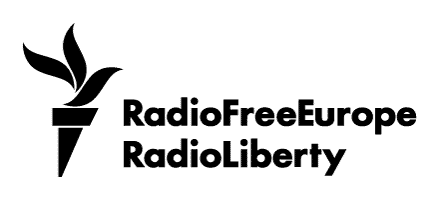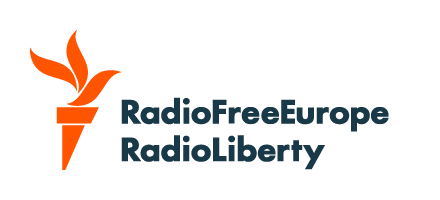
Welcome back to The Farda Briefing, an RFE/RL newsletter that tracks the key issues in Iran and explains why they matter.
I'm RFE/RL correspondent Kian Sharifi. In this edition, I explore the significance of a criminal complaint filed against Iran in Argentina for its brutal crackdown on the 2022 protests. I will also touch on why Iranians are upset with China and the state of Iran's national currency.
What You Need To Know
• In Pursuit Of Accountability: For the first time, victims of Iran’s Woman, Life, Freedom protests have filed a criminal complaint against 40 officials of the Islamic republic, accusing them of crimes against humanity. It’s a bold move, and one that takes the fight for accountability thousands of kilometers away, all the way to Argentina.
• China Angers Iran By Backing UAE Islands Claim: China has angered Tehran by again siding with the United Arab Emirates in a decades-old dispute over three strategic islands near the Strait of Hormuz. A joint statement during Chinese Foreign Minister Wang Yi’s visit to Abu Dhabi backed the United Arab Emirates' (UAE) push for a “peaceful solution,” without mentioning Iran. Iranian officials criticized the UAE but avoided direct attacks on Beijing, leaving hard-line media to accuse China of hypocrisy over its own Taiwan stance.
• Rial Hits Another Record Low: Iran’s currency is in free fall again. The rial slid past 1.3 million to the dollar this week -- its weakest level ever and just days after breaking the 1.2 million mark. The drop, fueled by sanctions and mounting regional tensions, is driving up prices for food and everyday goods. For many Iranians, already coping with soaring living costs, a recent gas price hike is making things even tougher.
The Big Issue
Justice Crosses Borders
The criminal complaint against 40 officials of the Islamic republic was submitted with help from the Iran Human Rights Documentation Center and the Strategic Litigation Project at the Atlantic Council. They chose Argentina because its courts recognize something called universal jurisdiction -- basically, the idea that some crimes are so serious, any country’s court can investigate them, no matter where they happened.
The complaint asks Argentinian judges to look into the role of senior intelligence, security, and military officials, including the Islamic Revolutionary Guards Corps (IRGC), in what it describes as a widespread and coordinated assault on civilians during the 2022 protests that followed the death of Mahsa Amini. Amini died in police custody after being detained for allegedly flaunting Iran’s dress code for women.
For now, the list of accused names is sealed, but Shahin Milani from the Human Rights Documentation Center told RFE/RL’s Radio Farda that those details will be released once Argentina’s prosecutor officially opens the investigation.
The accusations include targeted shootings, intentional blinding of protesters, arbitrary arrests, torture, and even executions -- abuses that, as the complaint notes, “are still continuing today.”
In a 2024 report, Sara Hossain, who leads the UN’s Independent Fact-Finding Committee on Iran, said the government was directly responsible for the violence that led to Mahsa Amini’s death. The committee went further, calling Iran’s broader actions against women “crimes against humanity.” Iran has accused the committee of bias.
Why It Matters: Argentina’s judiciary has a long record of pursuing international justice cases. Its courts have invoked universal jurisdiction in dozens of human rights trials over the past decade and are currently handling cases from 16 countries.
Notably, Argentina is also familiar with Iran-related cases: earlier this year, an Argentinian judge ordered in absentia trials for seven Iranian and three Lebanese suspects over the 1994 AMIA bombing in Buenos Aires, which killed 85 people.
What's Being Said: The plaintiffs see Argentina as a natural venue. As Milani noted, “this is a judiciary that knows Iran’s track record.”
Mahsa Piraei, one of the plaintiffs in the case and a UK resident, lost her 62‑year‑old mother, Minoo Majidi, in the early days of the protests. Her mother was shot dead by security forces.
“We couldn’t pursue a case in Iran because there’s no fair court or independent judiciary,” she wrote on X, adding that she was glad they had managed to bring their complaint before an Argentinian court.
That's all from me for now.
Until next time,
Kian Sharifi
If you enjoyed this briefing and don't want to miss the next edition, subscribe here. It will be sent to your inbox every Friday.






